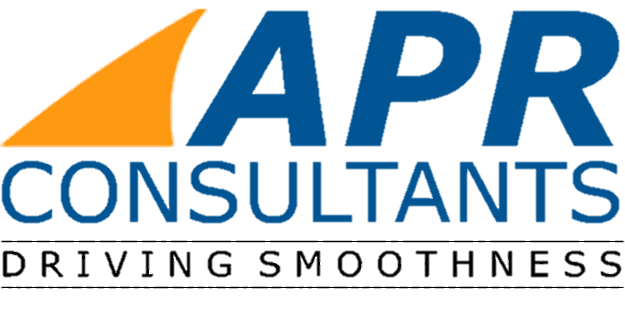Long Wavelength Analysis
Commercial aircraft are large vehicles. They operate at fast speeds. Because of this, they respond to long bumps and dips – up to 300 feet (100m) in some cases. Here’s the problem; the tools used to evaluate the runway are short. FAA smoothness specifications call for a 12-foot (3.6m) straightedge or a 25-foot (7.6m) California Profilograph. APR chooses to look at ride quality problems differently. Using the Auto Rod and Level, APR can find all wavelengths – long and short. The first step in that process is to measure the pavement’s true profile. The next step is to see how an aircraft actually responds to the profile. For that, APR uses aircraft simulation and straightedge lengths that are similar to the gear spacing of the actual commercial aircraft.
To the left is a Boeing 777-200 with a gear spacing (distance from nose to main wheels) of 84 feet (26m). Beneath the 777 is a scale representation of a California Profilograph. This comparison provides you with an idea of what length event the profilograph will detect and what length of event the 777 will respond to.

